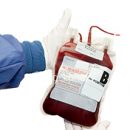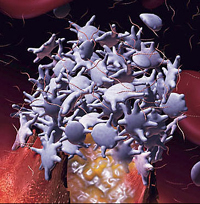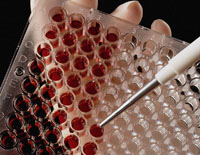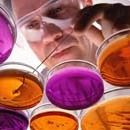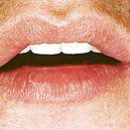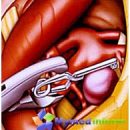General blood test and decoding values, detailed decoding of general blood tests.
Content
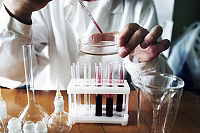 Common (clinical) blood test allows you to determine the presence of a wide range of diseases, even if their symptoms are not expressed bright. The composition of the general blood test when deciphering includes the main components of the blood, deviations from the norm of which are evidence of various types of pathological processes occurring in the body.
Common (clinical) blood test allows you to determine the presence of a wide range of diseases, even if their symptoms are not expressed bright. The composition of the general blood test when deciphering includes the main components of the blood, deviations from the norm of which are evidence of various types of pathological processes occurring in the body.
Blood fence for general analysis is carried out on an empty stomach.
Common blood test: decoding and composition
Common blood test includes the study of the amount and quality of its components: erythrocytes, leukocytes, platelets, reticulocytes, hemoglobin, etc.
Hemoglobin
Hemoglobin is responsible for oxygen transport in fabrics and organs and removal of carbon dioxide. The reduced indicator of this component indicates anemia, elevated — for dehydration, blood thickening, nicotine abuse, high physical exertion. Also, the increase is observed during the patient's stay at high altitude.
Erythrocytes
Red blood bodies take part in the transportation of oxygen in the body and maintain oxidative processes. Reducing their number is observed in anemia, pregnancy, hyperhydration, blood loss, decrease in the production of these components of the bone marrow. In burns, diarrhea, diuretics reception, the number of erythrocytes increases slightly. A significant increase in this indicator indicates about the use of steroid drugs, neoplasms, kidney polycystosis, waters of renal pelvis, diseases and Cushing syndrome.
Color indicator
The color indicator displays the hemoglobin content and is used to determine the type of anemia. It increases with the iron deficiency type of anemia and diseases that violate the production of red blood pigment. Folic acid failure or vitamin B12, cancer, stomach polyposis cause an increase in the color indicator.
Reticulocytes
They represent the uncooked form of red blood cells that are in the bone marrow. Their enhanced content indicates enhanced production of these components in some types of anemia. In aplastic anemia and kidney disease, the number of reticulocytes in the blood decreases.
Thrombocytes
These are elements of blood responsible for the coagulation necessary for any injuries and damage. Their quantity increases with inflammatory processes, polycythemia, myelolomicosis, in the postoperative period. The decline indicates systemic autoimmune diseases, aplastic and hemolytic anemia, hemolytic disease.
Leukocytes
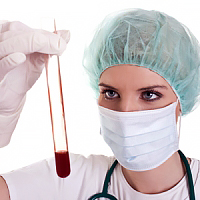 This is a group of blood component components consisting of five species, which is responsible for the body's immune reactions and removing their own dying cells. Increased content of leukocytes is observed in inflammatory and purulent processes, sepsis, infectious lesions, increased exercise, in the last trimension of pregnancy, during lactation. The reduction of their level is observed in the diseases of the bone marrow, radial illness, abdominal title, viral ailments, anaphylactic shock, as well as when receiving some drugs.
This is a group of blood component components consisting of five species, which is responsible for the body's immune reactions and removing their own dying cells. Increased content of leukocytes is observed in inflammatory and purulent processes, sepsis, infectious lesions, increased exercise, in the last trimension of pregnancy, during lactation. The reduction of their level is observed in the diseases of the bone marrow, radial illness, abdominal title, viral ailments, anaphylactic shock, as well as when receiving some drugs.
Soe
Erythrocyte sedimentation rate (SE) is a non-specific attribute of most pathological conditions of the body. The increase in ESP may be due to infectious and inflammatory diseases, pregnancy, menstruation, lactation, anemia, surgical interventions, lesions of liver and kidney, food intake. The lowering of the indicators confirms the presence of increasing the level of bile acids, chronic circulatory disorders, eritremia.


